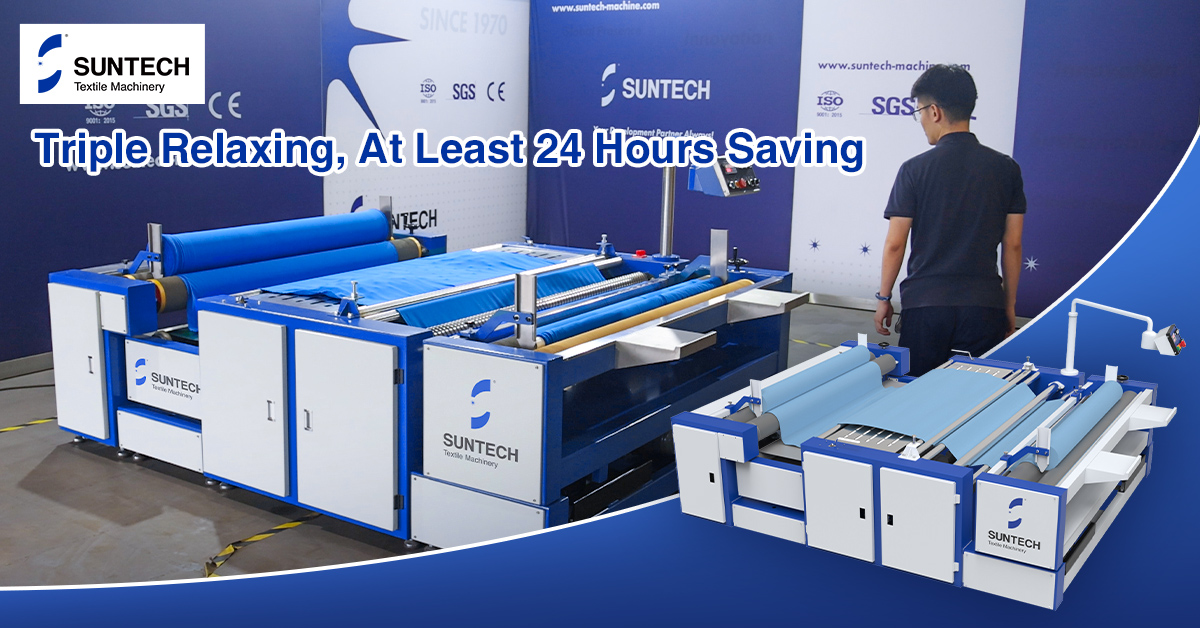The textile decolorization process developed by Japanese researchers has a significant impact on the garment industry, specifically in the following aspects:
1. Sustainability: This new technology helps drive sustainability in the apparel industry because it allows for the reuse of waste textiles, reducing waste generation and reducing demand for natural resources.
a. By reducing the need for new raw materials, this decolorization technology can also help reduce the environmental pressure of clothing production, especially in terms of water management and chemical use.
2. Cost-effectiveness: For clothing manufacturers, being able to effectively decolorize and reuse old textiles means cost savings because new raw materials do not have to be used to produce clothing every time.
a. Reducing the cost of raw materials may translate into price advantages for end products, allowing consumers to purchase environmentally friendly clothing products at lower prices.
3. Innovative design and production: The emergence of decolorization technology has encouraged designers and manufacturers to explore new design concepts and production methods, such as using recycled materials to create new fashion items.
a. This technology may also inspire more design thinking about the textile life cycle, including how to design garments that can be easily dismantled and recycled.
4. Brand image and social responsibility: For brands that are committed to sustainable development, using this environmentally friendly technology can enhance their image in the minds of consumers and enhance the brand's appeal.
a. As consumers become more aware of environmental protection, brands that use environmentally friendly technologies may become more popular, thereby gaining a competitive advantage in the market.
5. Policies and regulations: With the development of such environmental protection technologies, the government may be prompted to formulate more policies to support the circular economy and encourage more companies to participate in sustainable development practices.
a. Policy support may also include tax breaks or other incentives to promote the widespread adoption of these environmentally friendly technologies.
6. Industry standards and practices: New technologies developed may affect the formulation of industry standards and encourage the introduction of more standards for environmentally friendly materials and production methods.
a. At the same time, it may also promote the formation of best practices within the industry, share experience and knowledge, and push the entire industry forward in a more sustainable direction.
Our company provides a full range of solutions for the garment industry: inspection, relaxing, tubular fabric reversing machine and sample cutting of different fabrics.
The garment industry is welcome to cooperate with our company for specific related products.





